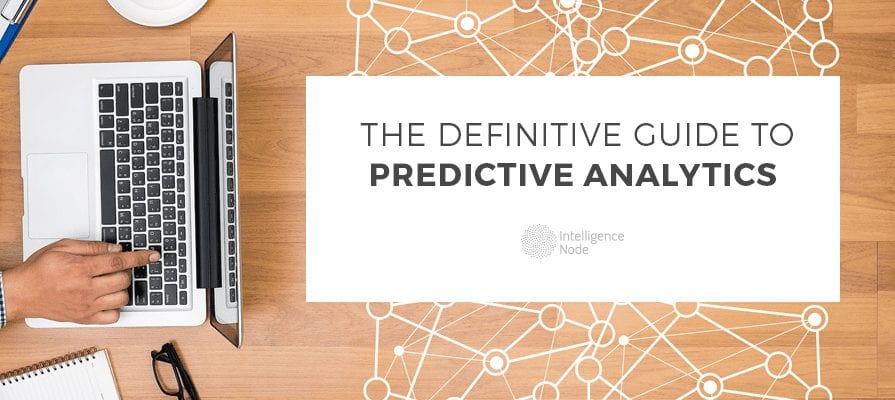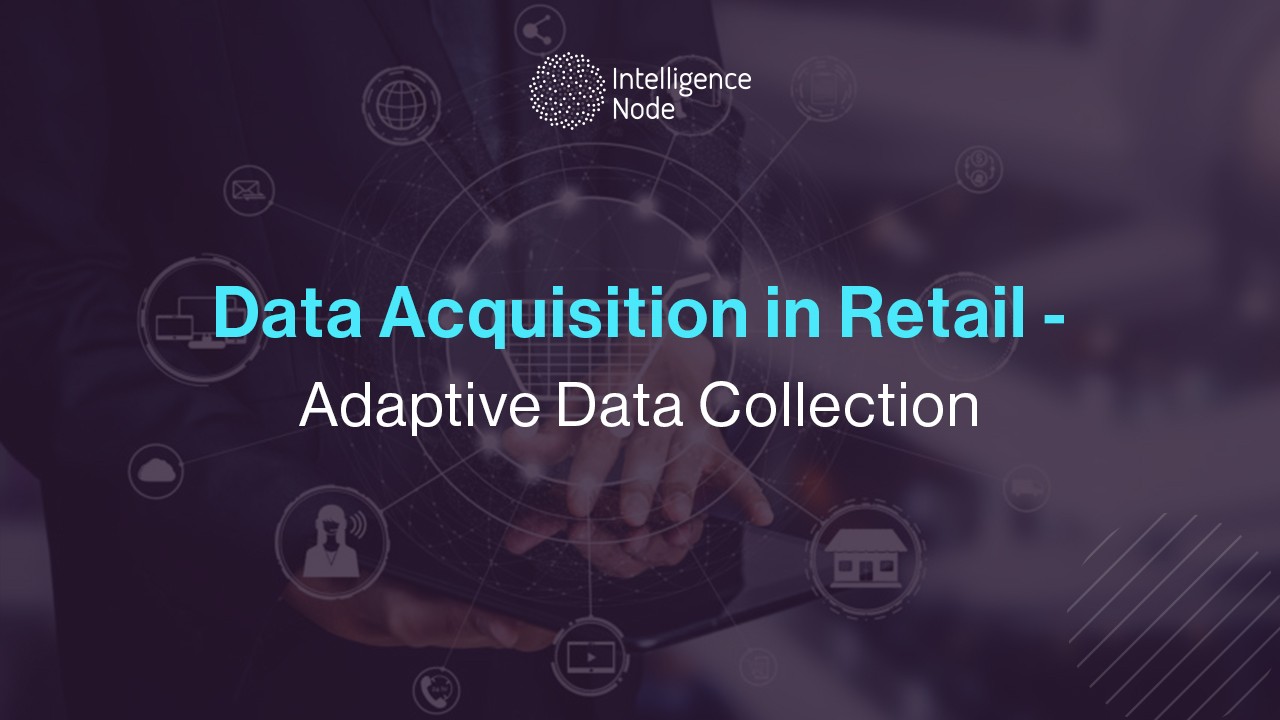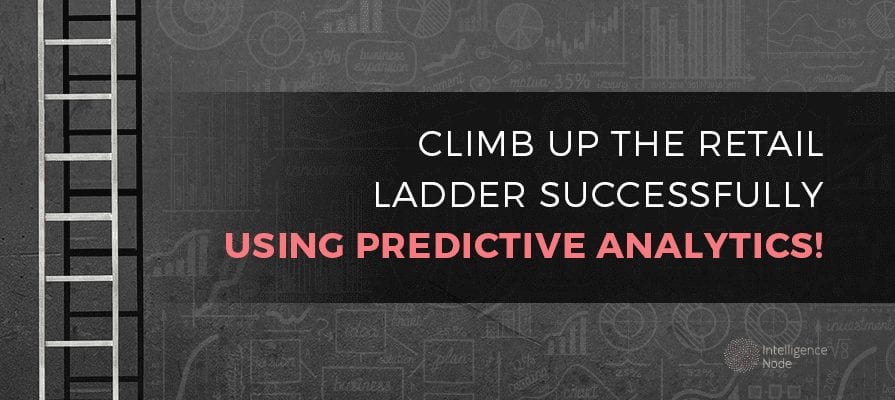A branch of advanced analytics that allows you to predict unknown events in the future, predictive analytics is a highly sought-after technology that gives you an upper hand when it comes to competition.
The analysis is an easy-to-use process, thanks to the advancing technology and smarter and faster computers. The need for an intelligent strategy to beat the tough economic conditions and competition in the market led to companies adapting to predictive analytics tools.
What Is Predictive Analytics
Predictive analytics is a technology that spans over techniques like data mining, modeling, statistics, artificial intelligence, and machine learning. With the help of data mining, analytical techniques, and predictive modeling, the technology holds together the business management, modeling process, and information technology that help in making decisions about the future.
Predictive analytics tools capture the risks and opportunities from the patterns found in the history and transactions of the business to interpret the big data predictive analytics to their advantage.
Why Predictive Analytics
More and more companies are taking up predictive analytics tools to up their sales. Here’s what the hype is all about. Predictive analytics:
- Reduces Risk
Predictive analytics identifies risks through the business history and makes it easier to eliminate or prevent any recurring risk factors, like insurance claims and collection-based aspects. It also gives an estimate of the buyer’s probable purchases in the future with the help of credit scores. With the help of predictive analytics tools, a buyer’s credit score is interpreted depending on his creditworthiness.
- Detects Fraudulence
With a review of the business history, predictive analytics can identify criminal behavior and also enhance the overall pattern detection. The increased need for cyber security is catered to by predictive analytics tools that examine real-time activities that eliminate fraud, threats, and vulnerabilities.
- Enhances Marketing Campaigns
The basis of predictive analytics is to predict customer purchases and ultimately boost your sales. Using the cross-selling techniques, businesses can not only retain customers but also attract new ones.
- Makes Operations More Efficient
Big data predictive analytics also help in managing resources in your business. This comes in handy especially for service-based businesses. For instance, airline companies use predictive analytics to set ticket prices, and hotels use it to determine the average number of guests per night that helps in maximizing occupancies and amplifying revenues.
The 3 Basic Models In Predictive Analytics To Up Your Revenues
Marketers need to be aware of these three predictive models to make their operations smooth and efficient:
- Clustering Models
In this type of predictive model, the main element is the algorithm. The algorithm helps in creating customer segments, instead of the marketers themselves. These clusters could be categorized based on the behavioral patterns of customers, products purchased by different age groups, and brands that need to be pitched to specific customers, depending on their browsing and shopping histories.
- Propensity Models
The propensity model is a typical feature of predictive analytics and is probably the strategy that first strikes your mind when talking about big data predictive analytics. This model helps you determine your customer’s future purchase. Propensity algorithms can determine how long you can retain a particular customer, how much the customer is likely to spend on purchases made with you, whether or not the customer is interested in reading e-mails sent by you, or if they are likely to unsubscribe from your thread.
These models also determine which of your customers are ready for a purchase, so you can reach out to them in time. You can also identify high-value customers whom you are likely to lose and reduce the risk factor in your business operations.
- Collaborative Filters
In layman’s terms, collaborative filters are recommendations. These predictive analytics techniques are commonly found on most eCommerce websites, where a buyer comes across suggestions of products that other customers bought along with the particular product.
These filters are mainly of three types. The Up-Sell recommendations are suggestions made to customers at the time of purchase to buy a higher version or probably a multipack of the same product. Cross Sell recommendations suggest you buy products that are typically bought as a set with this product. The Next Sell recommendation is a suggestion that is sent after the purchase has already been made, generally through the confirmation e-mail.
Where Predictive Analytics Is Used
The advancement in technology and change in markets has led to every business, irrespective of the field, to take to big data predictive analytics. Here are some of the popular fields that have actively been using predictive analytics tools in improving their performance and in turn revenue.
- Finance
Risk management is a great concern when it comes to banks and other financial institutions, with huge amounts of money at stake. Predictive analytics helps in the detection of fraud and credit risks. The algorithms identify frauds and risks within a few seconds, while also maintaining a high efficiency. It also helps in amplifying the cross-sell and up-sell l opportunities, while also focussing on retaining customers.
- Retail
Retail outlets—be it lifestyle stores or simply the grocers—use predictive analytics to determine what products and the amount to stock up on. The algorithms study consumer purchase patterns and help determine the likelihood of a particular customer’s purchases. They also help to check how effective your promotional offers have been and the probability of customers responding positively to future promotions.
- Utilities
Industries that deal with fuel, energy, and water supplies have greatly benefitted from predictive analytic models. Whether it’s to determine the risk factors that are likely to crop up, mitigate safety throughout operations, predict equipment failures, or even interpret resource needs for the future, these organizations have been backed by predictive analytics.
- Government
Government and Public Sectors have also taken to predictive analytics when it comes to detecting and preventing counterfeits, analyze population trends, understand consumer needs, and enhance their overall service.
- Healthcare
Health insurance organizations deal with plenty of fraudulent insurance claims. Predictive analytics helps identify them. The technology is also being used to identify patients suffering from chronic diseases and the interventions required to treat them.
- Manufacturers
Identifying factors that reduce quality in production and the optimization of service and distribution are some of the areas that predictive analytics comes in handy for businesses that are solely into manufacturing.
Predictive Analytics Modeling Techniques
Predictive models generally use results that have already been accumulated to determine values for the future. Inputs from the consumer behavior and purchase history help interpret the probability of revenue in the future. Three of the most commonly used predictive analytics models are:
- Decision Tree
An easy to understand and interpret model, the decision tree, much like its name suggests, represents alternatives through branches. These alternatives further branch out to decisions or solutions. Decision trees are especially helpful when there are a number of missing attributes in the analysis.
- Regression
This model is specifically used to study patterns that are intended to follow a normal distribution. This method helps in making a rough estimate of unknown values.
- Neural Networks
A more complex model that makes use of results derived from simpler strategies like the decision tree or regression, a neural network is capable of modeling complex relationships too. They make use of pattern recognition and artificial intelligence processes to represent the model graphically.
Other techniques include bayesian analysis, gradient boosting, support vector machine, K-nearest neighbor, and time series data mining.
If your business has a problem at hand, all you need is data that can be modeled to give you a prediction for the future and how you can overcome not just the problem, but also the risks associated with it.
Predictive analysis comes to your rescue in such scenarios and helps model a strategy that reduces risks, eliminates frauds, amplifies your revenues, and makes your business operations run smooth and efficiently.





